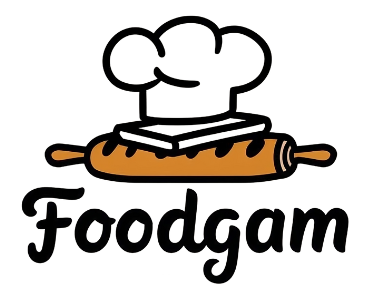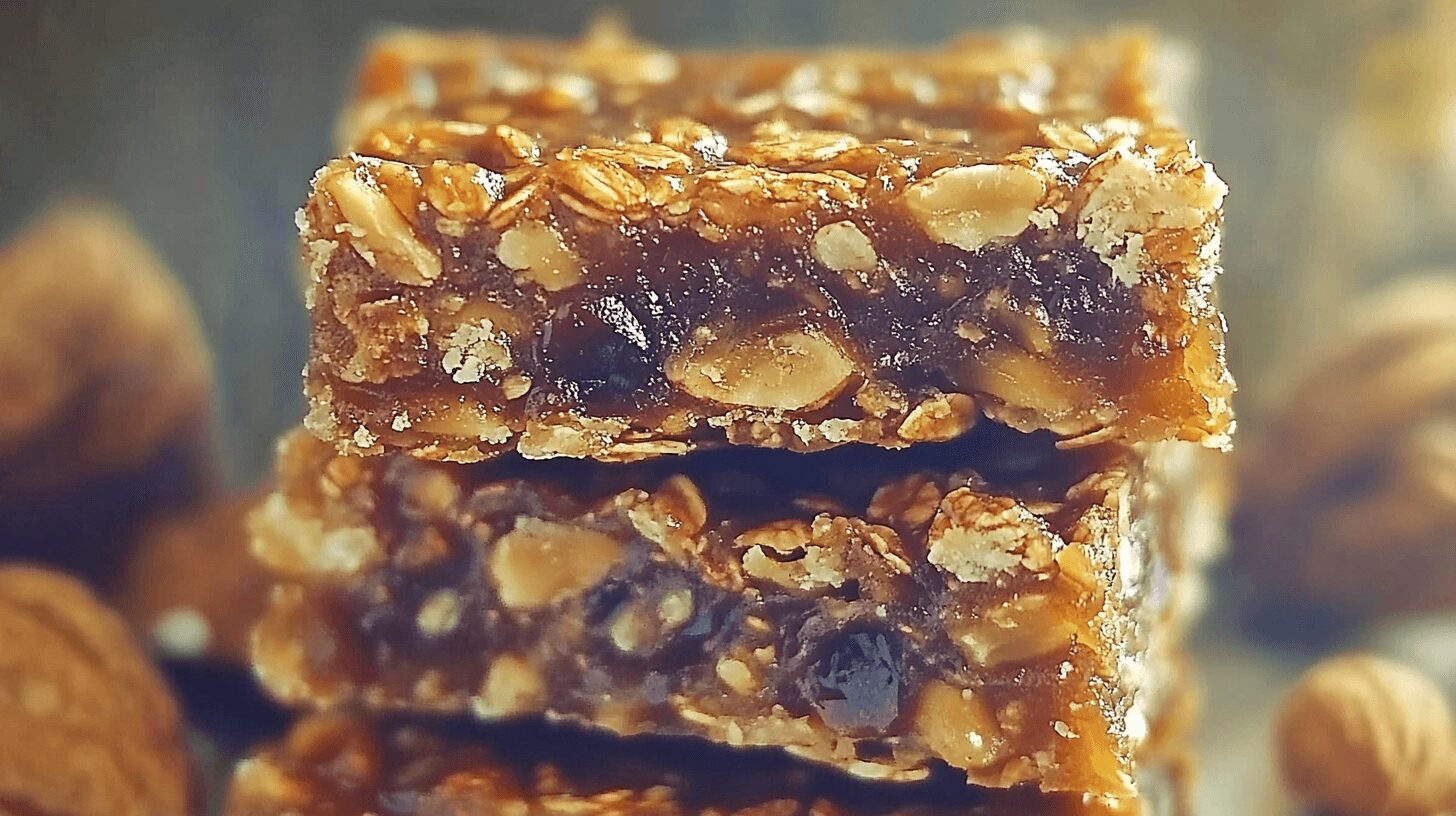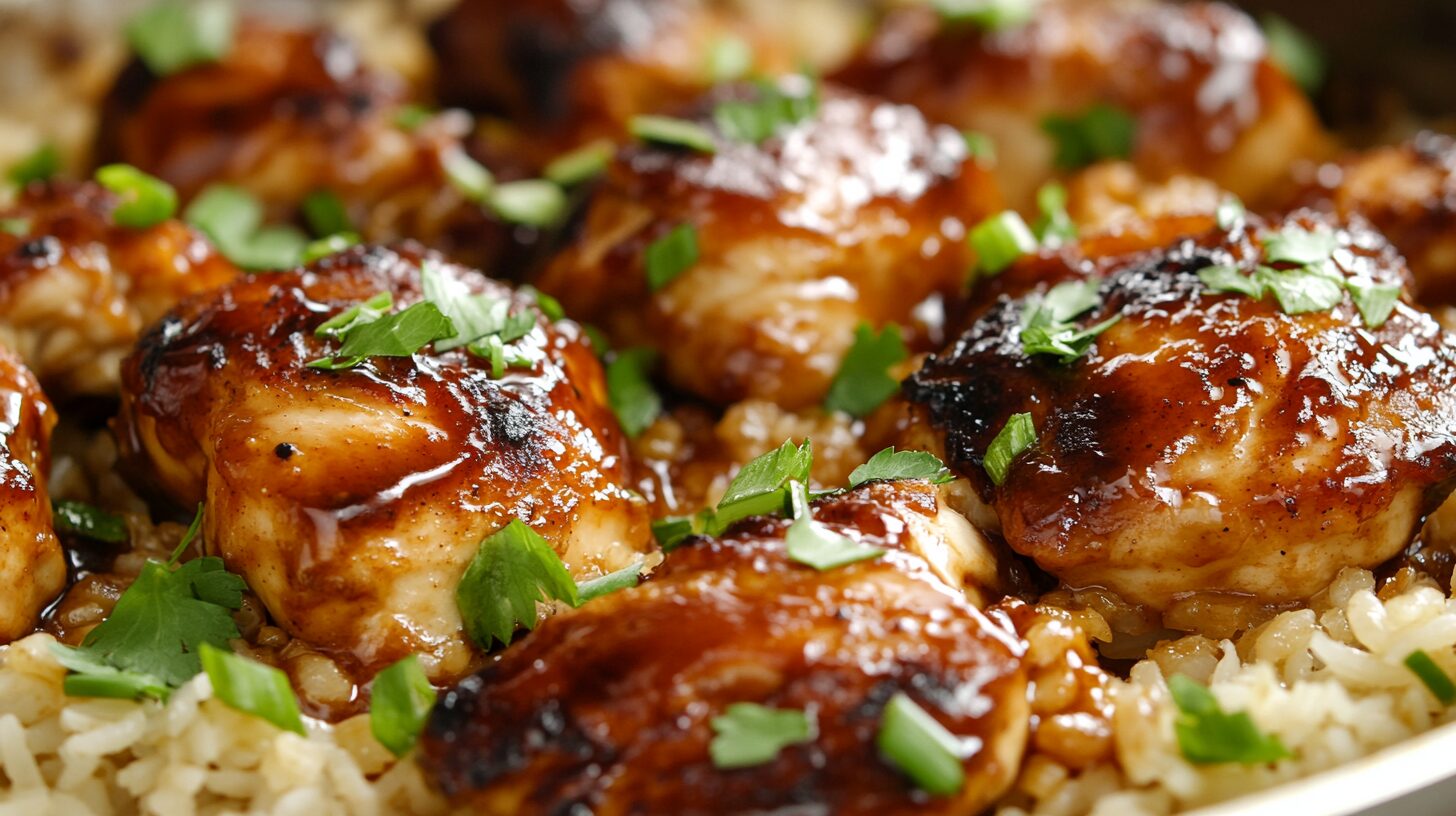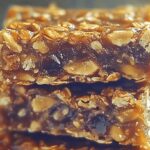Introduction:
When it comes to Chinese-American cuisine, two dishes stand out for their universal appeal and irresistible flavors: Chow Mein and Chop Suey. In fact, both dishes have carved out a special place on menus worldwide, but they are often confused with each other. This guide will help you understand the distinctions, offering step-by-step recipes and creative tips to master both dishes. Above all, it’s your ultimate resource for cooking these iconic meals at home.
What Is Chow Mein?
To begin with, Chow Mein is a beloved noodle-based dish that originated in Northern China, where it quickly gained popularity for its simplicity and delicious flavor. The name Chow Mein translates to “stir-fried noodles,” reflecting its primary cooking technique. Known for its crisp texture and savory flavor profile, this dish is a staple in Chinese cuisine and has become a favorite worldwide. In addition, its versatility allows for a wide range of ingredients, making it a crowd-pleaser.
Key Characteristics of Chow Mein
Noodles
The heart of Chow Mein is its noodles. Thin wheat noodles are the primary ingredient, stir-fried until lightly crispy to achieve a delightful texture. This crispiness, in fact, sets Chow Mein apart from other noodle dishes. By ensuring the noodles are properly stir-fried, you can create a dish that is both satisfying and flavorful.
Vegetables and Protein
Chow Mein often features an assortment of colorful vegetables, such as bell peppers, carrots, and onions. These vegetables not only add nutritional value but also bring vibrant colors to the dish. For example, proteins like chicken, beef, or shrimp are commonly included to make the meal heartier. Each ingredient complements the noodles, creating a perfect balance of flavors and textures.
Sauces
To enhance the overall taste, Chow Mein is cooked with a blend of rich, flavorful sauces. Soy sauce provides a salty base, while oyster sauce adds a hint of sweetness. In addition, sesame oil is used to give the dish a nutty aroma and depth of flavor. These sauces, when combined, bring out the umami essence that makes Chow Mein irresistible.
What Is Chop Suey?
On the other hand, Chop Suey stands out as a versatile stir-fry dish that showcases a delightful mix of vegetables and proteins, all served over steamed rice instead of noodles. This dish, while inspired by traditional Chinese cooking, was originally created in the United States as a Chinese-American adaptation, blending authentic ingredients with local flavors. As a result, Chop Suey has become a symbol of culinary fusion, appealing to a wide audience for its simplicity and adaptability.
Key Characteristics of Chop Suey
Base
The foundation of Chop Suey is steamed white rice, which creates a hearty and satisfying meal. The rice serves as the perfect canvas for absorbing the rich flavors of the stir-fry, providing a balance between the soft grains and the crunchy textures of the vegetables. Unlike noodle-based dishes, this rice pairing makes Chop Suey filling and versatile.
Vegetables and Protein
A defining feature of Chop Suey is its colorful assortment of vegetables, which typically include broccoli, snow peas, carrots, and celery. These ingredients not only add vibrant hues to the dish but also deliver a fresh, crisp texture. Proteins such as chicken, beef, shrimp, or tofu are stir-fried alongside the vegetables, creating a harmonious blend. Each component is cooked quickly to retain its natural flavor and nutrients, ensuring a wholesome meal.
Sauce
The sauce is what brings the entire dish together. Made with soy sauce, oyster sauce, and chicken or vegetable broth, it delivers a savory depth that complements the other ingredients. Above all, a cornstarch slurry is used to thicken the sauce, giving it a glossy finish that clings to the vegetables and proteins. This thickened consistency ensures every bite is packed with flavor.
Key Differences Between Chow Mein and Chop Suey
At first glance, Chow Mein and Chop Suey may appear similar due to their stir-fried preparation and shared ingredients. However, a closer look reveals significant differences that set these two dishes apart. These variations in base ingredients, cooking styles, and origins contribute to their unique flavors and appeal.
Base Ingredient
The primary distinction lies in the base ingredient. Chow Mein features noodles as its foundation, giving the dish a lighter and more textured feel. These noodles are stir-fried until they achieve a slightly crispy exterior, which adds to their appeal. On the other hand, Chop Suey relies on steamed white rice as its base, creating a heartier and more filling meal. As a result, the two dishes cater to different preferences and dining experiences.
Cooking Style
Another notable difference is their cooking style. Chow Mein involves directly stir-frying the noodles with vegetables and proteins in a hot wok. This technique ensures the noodles absorb the flavors of the sauces while retaining their signature crispiness. In contrast, Chop Suey focuses on stir-frying the vegetables and proteins separately before combining them with a savory sauce. This method highlights the fresh, crunchy texture of the vegetables and allows the sauce to coat each ingredient evenly.
Origins
When it comes to origins, the two dishes have distinct histories. Chow Mein is deeply rooted in Chinese culinary tradition, originating in Northern China before spreading across the globe. In contrast, Chop Suey was created in the United States as a Chinese-American dish designed to blend Chinese flavors with local ingredients. This fusion approach has made Chop Suey a symbol of cultural adaptation and innovation in cuisine.
Moreover, these differences make each dish unique and appealing in its own way. Whether you prefer the light and crispy noodles of Chow Mein or the hearty, sauce-covered vegetables and rice of Chop Suey, both dishes offer a delightful culinary experience. Ultimately, the choice depends on your personal preference and the flavors you’re craving.
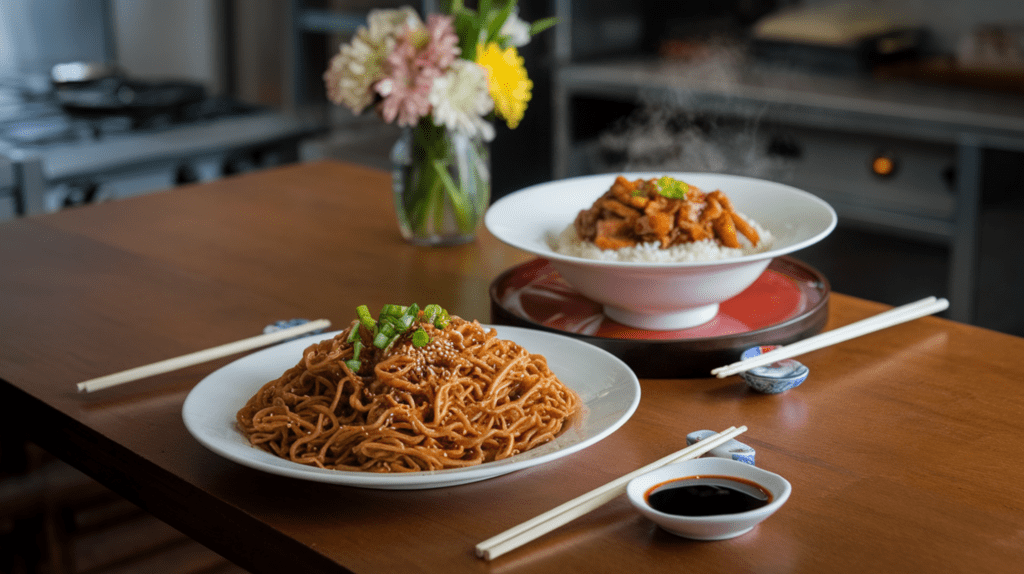
Creative Tips for Perfect Results
When preparing Chow Mein and Chop Suey, there are countless ways to elevate your cooking and make each dish uniquely yours. Both versatile recipes allow you to play with spices, sauces, and garnishes to enhance their flavors. For example, by experimenting with these elements, you can transform traditional dishes into creative culinary masterpieces.
Tips for Perfecting Chow Mein
- Add Texture with Crispy Noodles: Enhance the dish by topping it with crispy fried noodles, which provide a delightful crunch that complements the soft stir-fried noodles.
- Use Sesame Oil for Depth: Incorporate sesame oil into your recipe to introduce a nutty, aromatic depth of flavor. In fact, sesame oil can be a game-changer when it comes to achieving authentic taste.
- Experiment with Protein Options: Instead of sticking to classic proteins like chicken, try using shrimp, tofu, or even duck for a twist.
- Explore Garnish Combinations: Garnish your Chow Mein with finely chopped scallions, toasted sesame seeds, or a drizzle of chili oil for added flair and flavor.
For more tips on enhancing Chow Mein and how it differs from Chop Suey, explore this in-depth guide.
Tips for Perfecting Chop Suey
- Make It Vegetarian-Friendly: Substitute tofu for meat to create a vegetarian version of Chop Suey. Additionally, mushroom broth can be used instead of chicken broth to achieve a rich, earthy flavor.
- Garnish for Presentation: Sprinkle scallions and sesame seeds over the dish just before serving to add color and texture. A well-garnished plate not only looks beautiful but also enhances the overall dining experience.
- Play with Sauces: Use a mix of soy sauce, oyster sauce, and hoisin sauce to customize the flavor profile. For a spicier kick, add a touch of chili paste.
- Balance Flavors and Textures: Above all, ensure that your vegetables are cooked to retain their crunch while the proteins are tender and flavorful. This balance is key to making a perfect Chop Suey.
Learn more about the ingredients and history of Chop Suey by visiting this helpful article or discover why it’s called Chop Suey in this detailed guide.
Above All, Don’t Be Afraid to Experiment
Cooking Chow Mein and Chop Suey is not just about following recipes; it’s an opportunity to express your creativity. In short, the key lies in balancing flavors and textures while exploring new ingredients and techniques. For instance, you can try an American twist on Chop Suey by learning about American Chop Suey and how it differs from traditional recipes.
FAQs About Chow Mein and Chop Suey
Here are answers to some frequently asked questions about Chow Mein and Chop Suey. Understanding these key differences and details can help you appreciate each dish better and choose which one to prepare or enjoy.
What is the difference between Chow Mein and Chop Suey?
The main difference between these two dishes lies in their base ingredients. Chow Mein uses noodles as its foundation, creating a light and slightly crispy dish. In contrast, Chop Suey is served with steamed rice, making it a heartier option. Additionally, the cooking styles differ significantly. Chow Mein requires stir-frying noodles along with vegetables and proteins, while Chop Suey focuses on separately stir-frying vegetables and proteins before combining them with a savory sauce. For more on this topic, check out this detailed guide.
What does Chop Suey consist of?
Chop Suey is a colorful mix of fresh vegetables, proteins like chicken or tofu, and a savory sauce thickened with cornstarch. This dish is typically served over rice, which absorbs the flavorful sauce and adds to the overall satisfaction of the meal. Common vegetables include broccoli, carrots, celery, and snow peas, all of which retain their crunchiness when cooked properly. For a complete list of ingredients and tips, visit this article.
What’s the difference between Lo Mein and Chow Mein?
Lo Mein and Chow Mein are often confused because both are noodle-based dishes. However, they are prepared differently. Lo Mein features soft, boiled noodles tossed in sauce and mixed with other ingredients, resulting in a tender texture. On the other hand, Chow Mein is made with stir-fried noodles, which gives them a crispy exterior and a distinct flavor. Because of this, Chow Mein has a firmer bite compared to the soft and saucy Lo Mein.
What are the crunchy Chinese noodles called?
The crunchy Chinese noodles often found as a garnish or base for dishes like Chow Mein are typically called crispy egg noodles. Fried wonton strips are another common crispy topping used in Chinese cuisine. These garnishes add texture and a satisfying crunch to the dish, enhancing the overall dining experience. Learn more about crispy elements in Chinese cuisine here.
Conclusion
Chow Mein and Chop Suey are both excellent choices for diving into the flavorful world of Chinese-American cuisine. Their unique characteristics, preparation techniques, and ingredient combinations make them standout dishes with something to offer for everyone.
Why Choose Chow Mein or Chop Suey?
Above all, the choice between Chow Mein and Chop Suey comes down to your preferences. Chow Mein’s crispy noodles provide a lighter, more textured dish, while Chop Suey offers a hearty mix of vegetables and proteins served over rice. Both dishes can be customized with your favorite ingredients, making them versatile and fun to prepare.
Get Inspired to Cook
If you’re ready to start cooking, explore detailed recipes and tips on platforms like AllRecipes for beginner-friendly guides. Additionally, Food Network offers professional insights and creative twists to elevate your dishes. For step-by-step videos, head to Tasty and get inspired by their visual cooking tutorials.
In conclusion, whether you’re craving the crispy noodles of Chow Mein or the comforting stir-fry of Chop Suey, you now have the knowledge to prepare both dishes with confidence. Moreover, their simplicity in preparation makes them perfect for any skill level. So, grab your wok, gather fresh ingredients, and let the cooking adventure begin. These dishes will not only delight your taste buds but also impress anyone you share them with. Happy cooking!

Chocolate Guinness Cake with Baileys Buttercream

Ultimate Dolly Parton Butterscotch Pie: 5 Sweet Reasons to Try This Classic Dessert
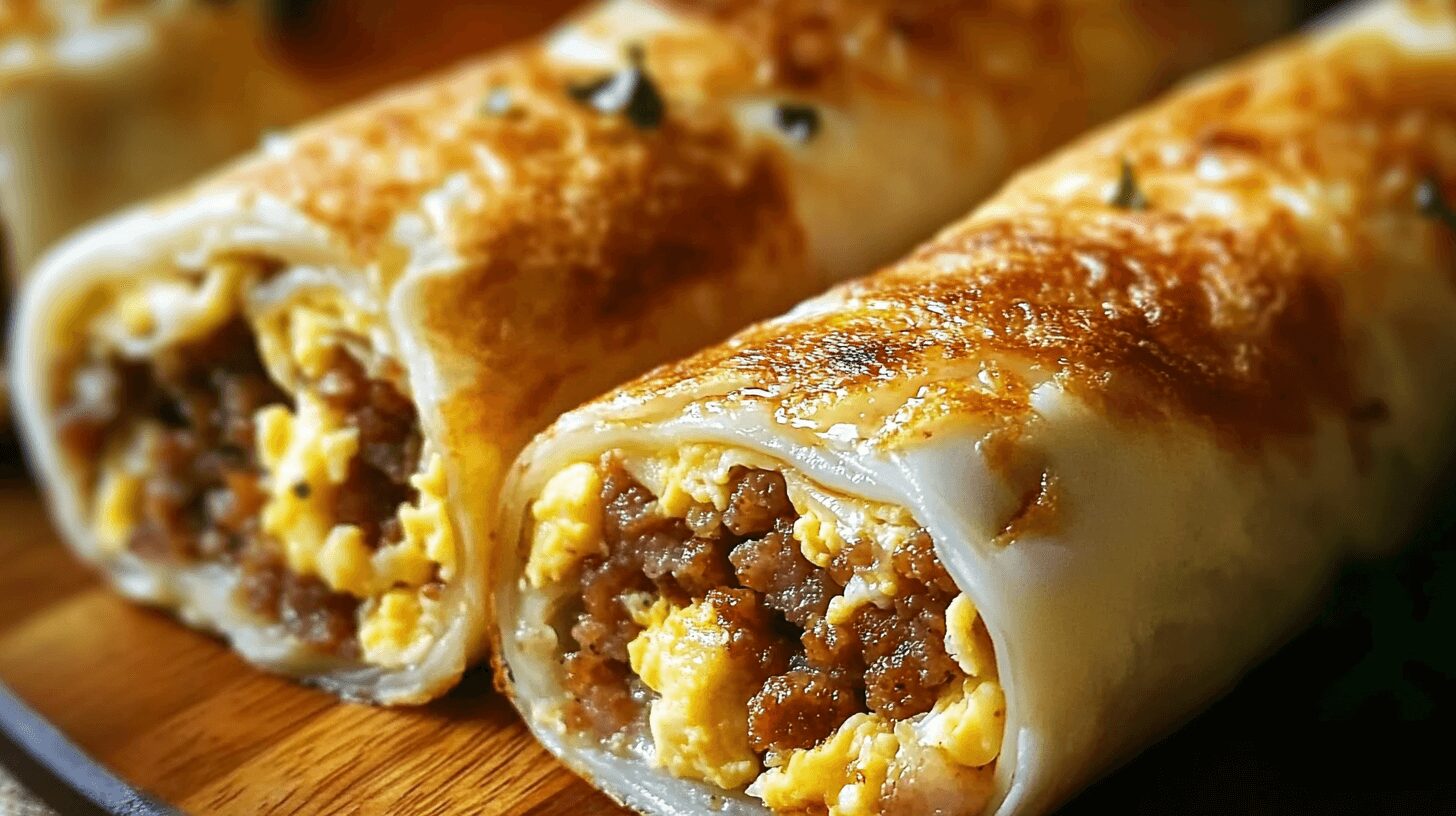
5-Minute Sausage Egg and Cheese Breakfast Roll-Ups: The Perfect Morning Delight
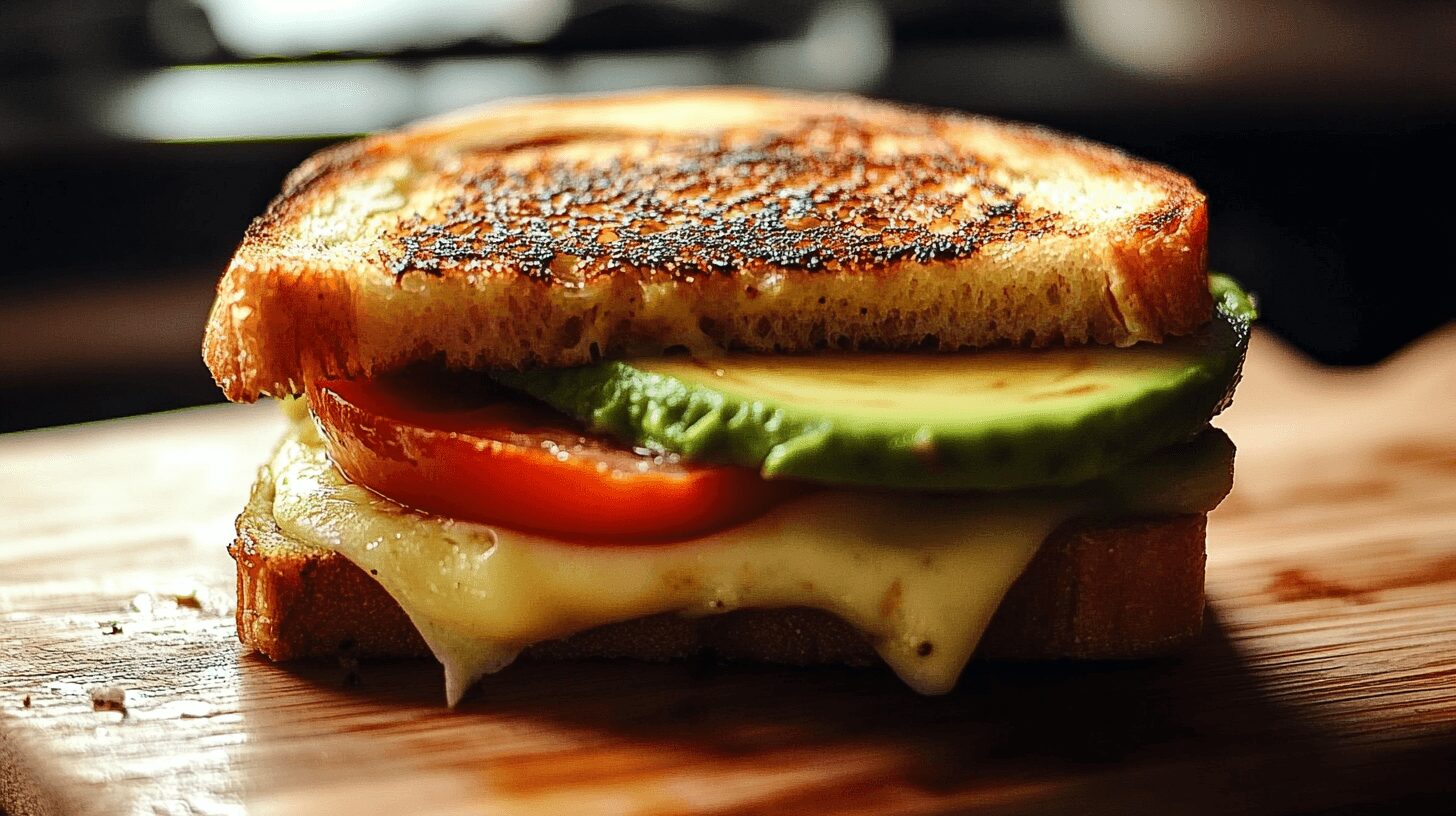
Healthy Avocado Grilled Cheese: 5 Reasons to Try This Nutritious Twist on a Classic
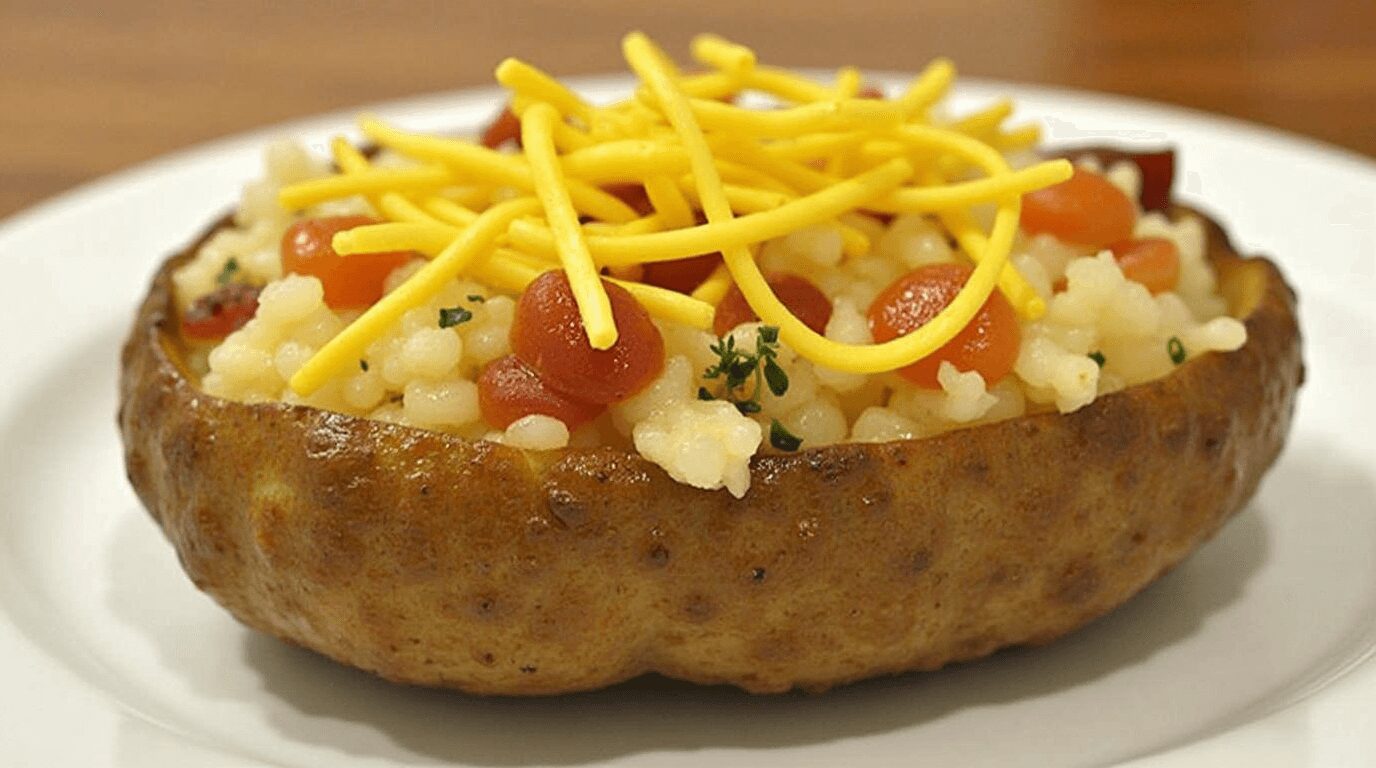
7 Reasons to Love Smothered Potatoes: A Delicious and Nutritious Comfort Food
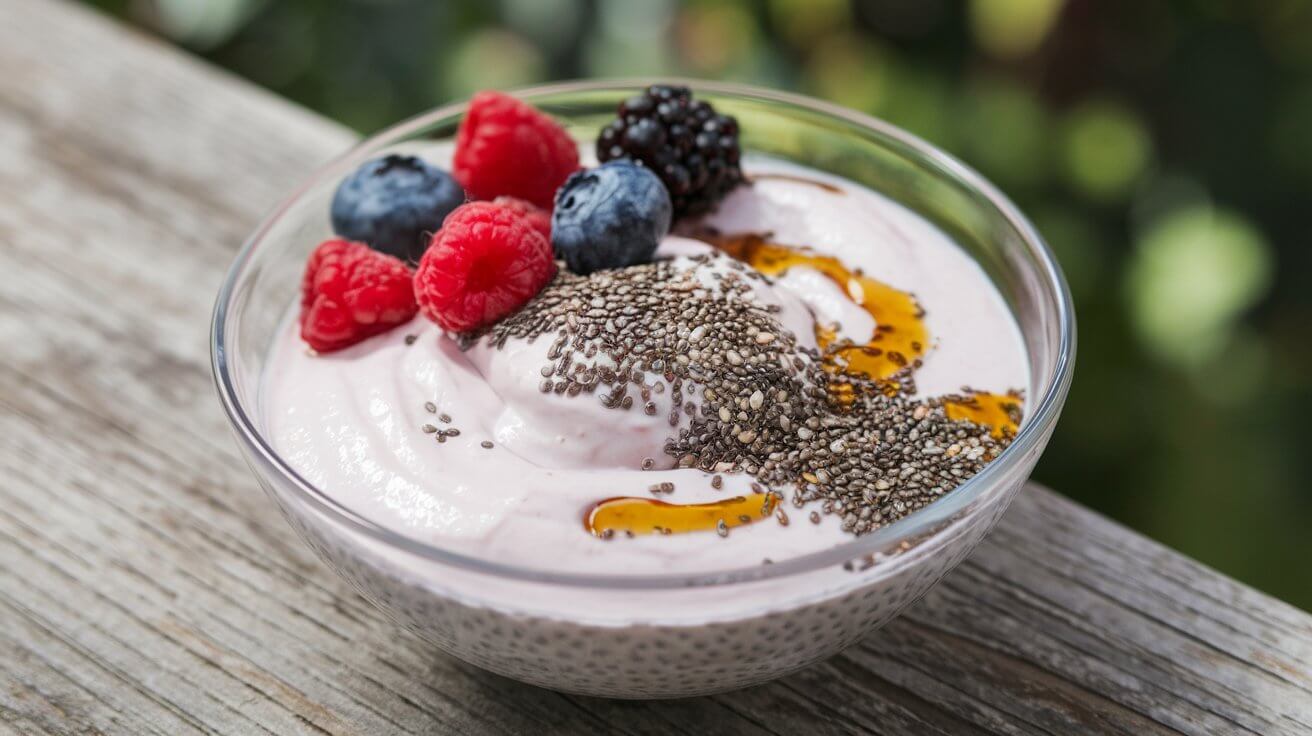
Greek Yogurt Chia Pudding: 5 Reasons This Simple, Healthy Treat is a Game-Changer

